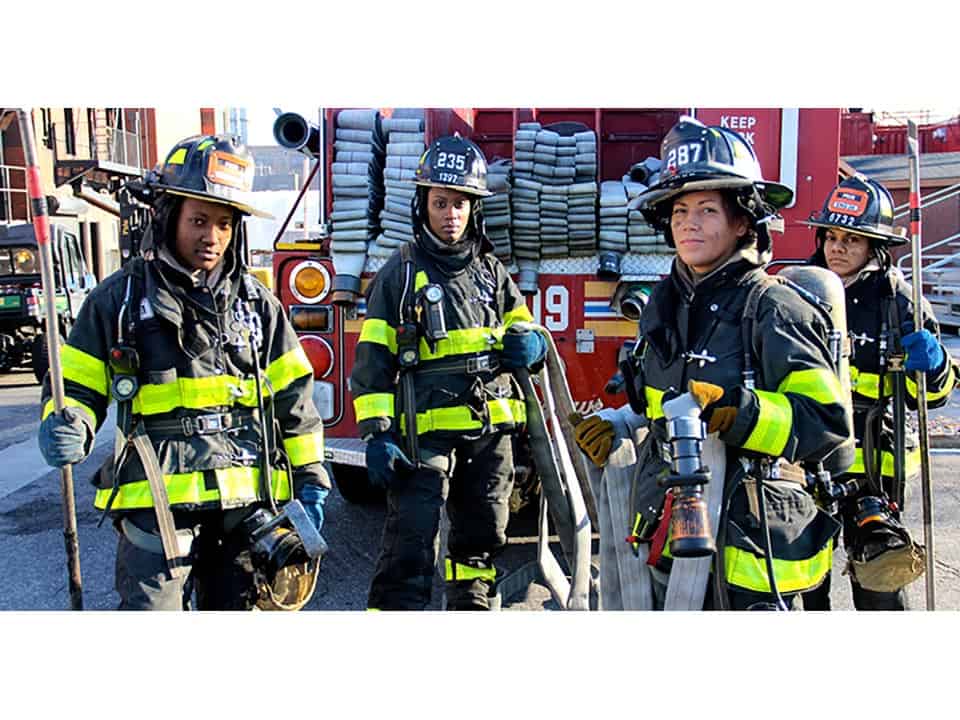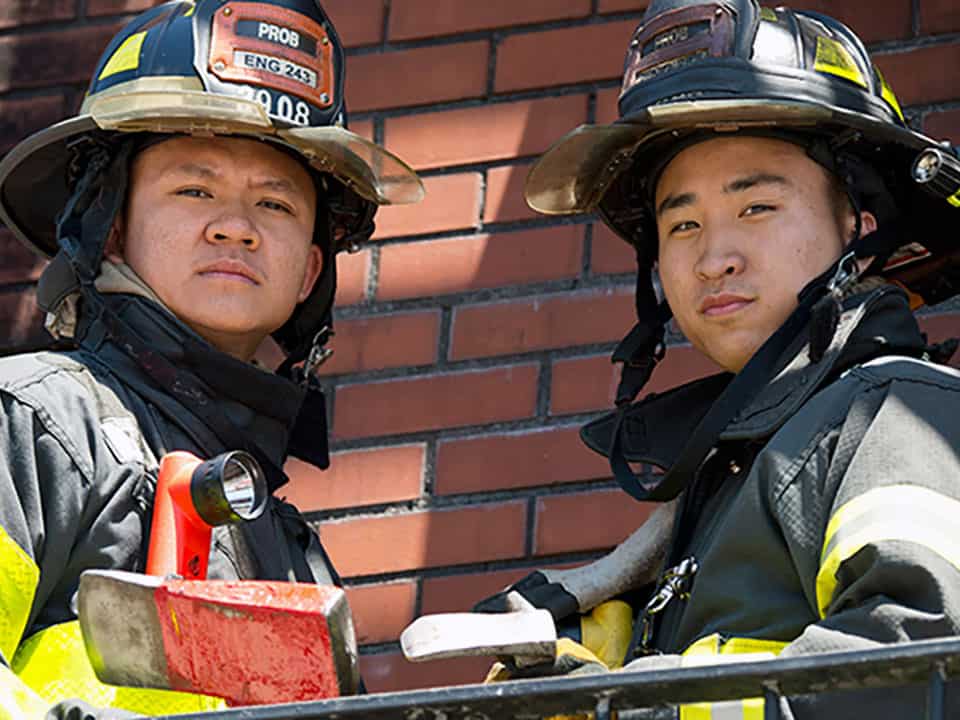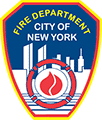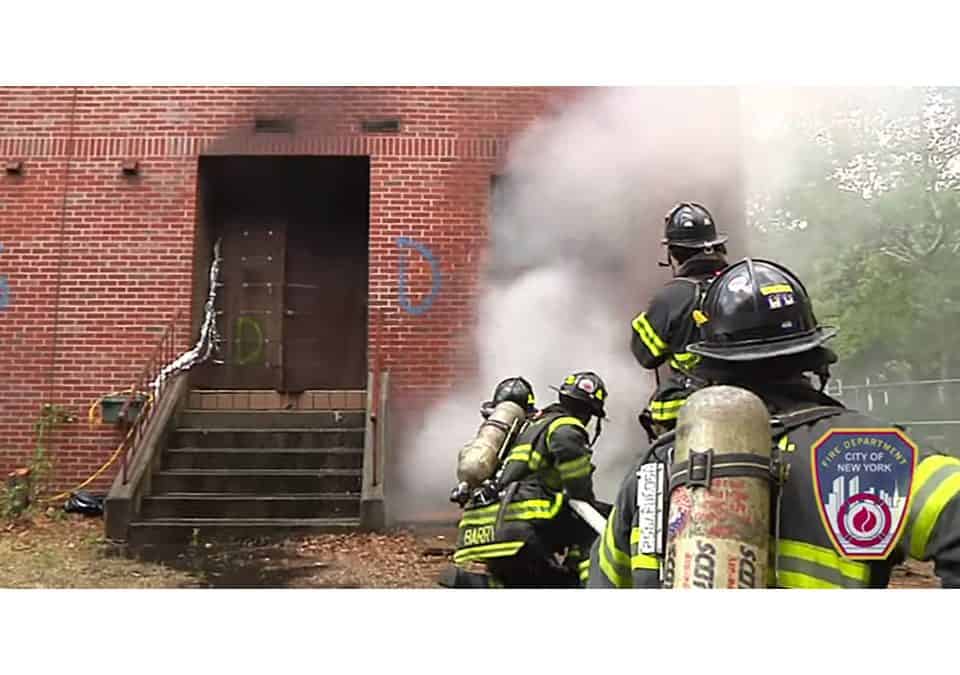
FDNY Loves New York
January 18, 2017
FDNY Exam Preparation: What You Need to Know
February 1, 2017Understanding how to fight a fire requires knowledge of fire behavior and the chemistry of fire. This includes understanding how fires start, what can fuel a fire, how fires act in different environments and what procedures can keep a fire from spreading. Here’s a quick introduction to get you started:
Fire Science Terms and Definitions
Combustion
Fire is a by-product of a rapid combustion reaction. Combustion is the self-sustaining process of rapid oxidation of a fuel, which produces heat and light.
Flammable or Explosive Limits
The percentage of a substance (vapor) in air that will burn once it is ignited.
Flash Point
The minimum temperature when a liquid fuel gives off sufficient vapors to form an ignitable mixture.
Ignition Temperature
The minimum temperature to which a fuel in air must be heated to start self-sustained combustion without a separate ignition source.
Heat Transfer
Heat tends to flow from a hot substance to a cold substance. The colder of two bodies in contact will absorb heat until both objects are at the same temperature. Heat can travel throughout a burning building by three methods: conduction, convection and radiation.
Conduction
The method by which heat is transferred via direct contact or a conduit.
Convection
The transfer of heat by the movement of air or liquid. For example, warm air in a building will rise to the upper floors.
Radiation
Radiation occurs when heat travels via waves through the air, such as when the sun warms the Earth by radiating (or emanating) heat.
Watch FDNY Conduct a Fire Science Test
Phases of Fire
1. Incipient Phase:
The start of a fire, which begins with ignition.
2. Rollover Phase:
Occurs when combustible gases begin to accumulate at the ceiling level. (This is why you are instructed to go low when trying to escape a fire.)
3. Steady-State Burning Phase:
Once there is sufficient oxygen and fuel for the fire to grow and spread, the fire has reached the Steady-State Burning Phase. Temperatures during this phase can reach 1,300 degrees Fahrenheit.
4. Flashover:
When flames “flashover” an entire area as heat builds up from the fire itself.
5. Hot Smoldering Phase:
When flames die down and burning is reduced to glowing embers. Dense smoke and gasses are the greatest danger at this time.
6. Backdraft:
Backdraft occurs if improper ventilation allows additional oxygen to be presented during the Steady-State Burning Phase or Hot Smoldering Phase, causing an increase in combustion. This scenario is the most hazardous condition a Firefighter can face.
Classification of Fires
A) Class A fires involve wood, cloth, paper, rubber and many plastics. These fires can typically be put out with water or foam.
B) Class B fires involve flammable and combustible liquids, and/or gases such as gasoline, paint, alcohol and related substances. These fires are best managed by smothering the flames to remove the oxygen source or by removing the fuel source.
C) Class C fires involve live electrical equipment. The safest approach is to unplug or otherwise de-energize the source of the fire and treat it as Class A or B depending on what is burning.
D) Class D fires involve combustible metals and must be extinguished using specialized fire control agents.
Ready to learn more about fire science? Download the FDNY Probie Manual and read Chapter Two.

